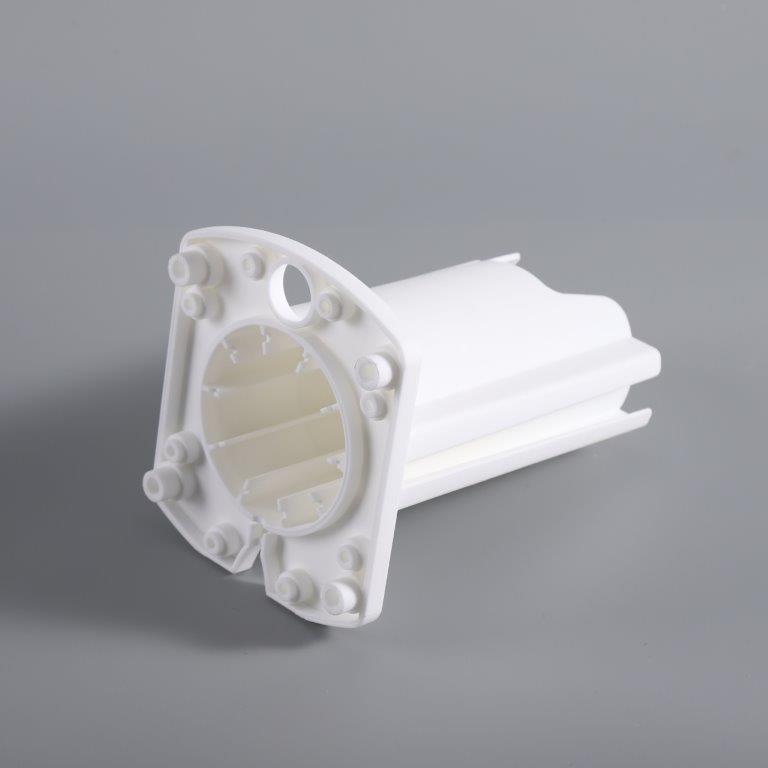cobalt
[structure or molecular formula] Co [density] 8.9 [melting point (°C)] 1490 [Boiling point (°C)] 3520 ã€Properties】 Silver-gray metal. Hard and malleable. ã€Solubility】 It can be gradually dissolved in dilute hydrochloric acid and sulfuric acid, and easily soluble in nitric acid. ã€use】 Used in the manufacture of superhard heat resistant alloys and magnetic alloys, cobalt compounds, catalysts, electric filaments and porcelain glazes. Cobalt 60 is used for internal detection of objects, medical and tracers. [preparation or source] The main cobalt deposits in nature are arsenic- cobalt ore and arsenic-cobalt. By Hui cobaltite arsenic or arsenic cobalt ore into reduced with aluminum oxide obtained after the burning. ã€other】
Selective Laser Sintering (SLS) was developed at the University of Texas in Austin, by Carl Deckard and colleagues. The technology was patented in 1989 and was originally sold by DTM Corporation. DTM was acquired by 3D Systems in 2001. The basic concept of SLS is similar to that of SLA. It uses a moving laser beam to trace and selectively sinter powdered polymer and/or metal composite materials into successive cross-sections of a three-dimensional part. As in all rapid prototyping processes, the parts are built upon a platform that adjusts in height equal to the thickness of the layer being built. Additional powder is deposited on top of each solidified layer and sintered. This powder is rolled onto the platform from a bin before building the layer. The powder is maintained at an elevated temperature so that it fuses easily upon exposure to the laser. Unlike SLA, special support structures are not required because the excess powder in each layer acts as a support to the part being built. With the metal composite material, the SLS process solidifies a polymer binder material around steel powder (100 micron diameter) one slice at a time, forming the part. The part is then placed in a furnace, at temperatures in excess of 900 °C, where the polymer binder is burned off and the part is infiltrated with bronze to improve its density. The burn-off and infiltration procedures typically take about one day, after which secondary machining and finishing is performed. Recent improvements in accuracy and resolution, and reduction in stair-stepping, have minimized the need for secondary machining and finishing.
The main material for the SLS are the metal part or Nylon material which are commonly used in the industry or consumer fields. contact us to do the business, we are your best partner from beginning to end to give you the best service.
Selective Laser Sintering,Laser Sintering,Selective Laser Sintering 3D Printing,Laser Sintering Service Suzhou FCE precision electronics Co., LTD , http://www.fcesz.com